
Fionuala Campion says in her article, Dazzling Deer-Resistant Perennials, “Though very graceful and delightful to behold in their native habitat, deer are a voracious force to reckon with in many Northern California gardens, particularly in summer and fall.” But these majestic creatures are not just an issue for gardeners on the west coast. There are populations of deer in all 50 states, and all are munching on the many different plants we’re growing across the country.
There are a vast array of deterrents that can offer various levels of success, but sometimes the best method to deter pests is growing plants they won’t bother with. While results can always vary, these four expert-selected plants for the Southern Plains are the closest you’ll get to deer-proof.
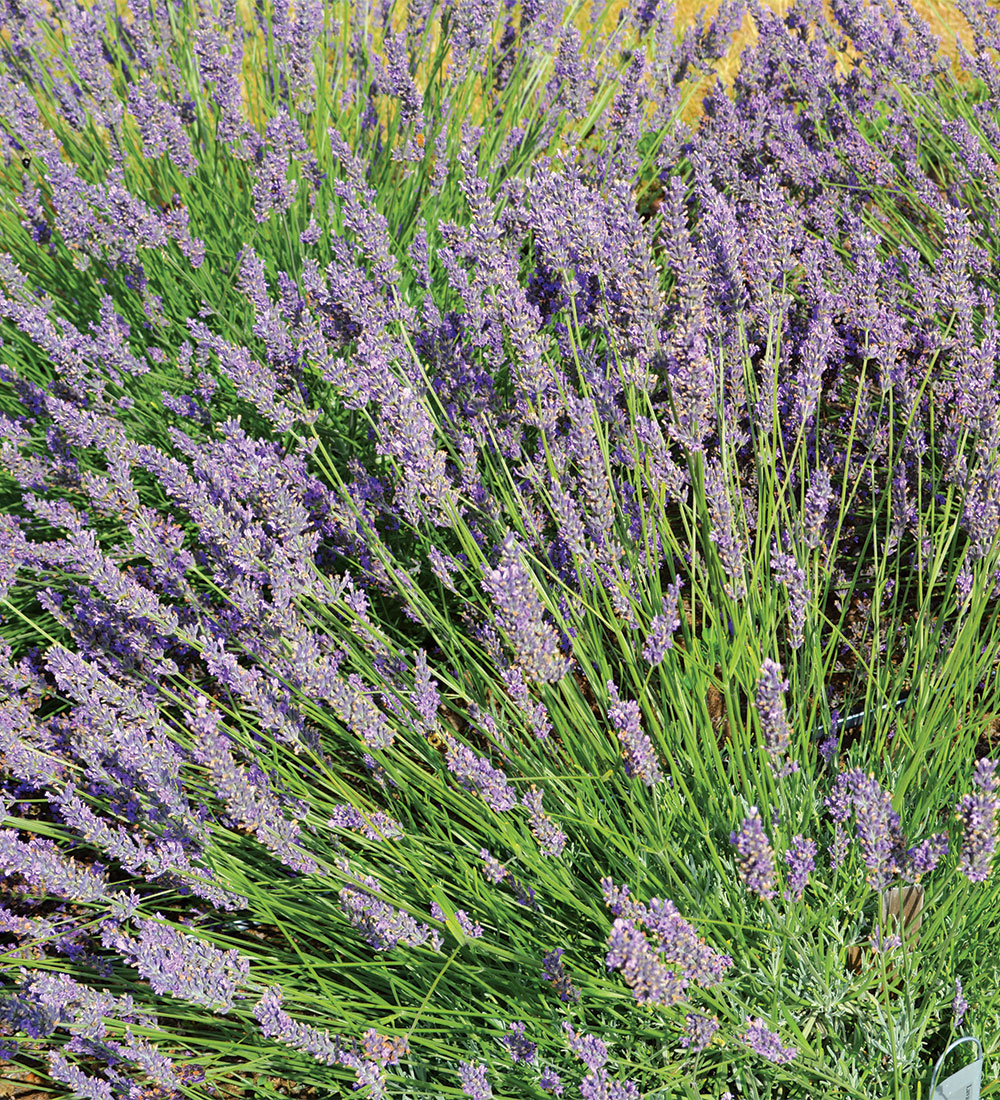
1. Phenomenal® Lavender
Name: Lavandula × intermedia ‘Niko’
Zones: 5–9
Size: 2½ feet tall and 4 to 4½ feet wide
Conditions: Full sun; well-drained soil
Native range: Hybrid
Phenomenal® is a must-have for our region, since it is more tolerant of high humidity and more cold hardy than many other lavenders. It emerges in early spring, creating a beautiful dusty green mound of foliage that explodes with beautiful lavender spikes during the hot summer months. It produces such an abundance of flowers that you need feel no guilt in removing some to dry, share, or simply enjoy inside. Just be careful of all the pollinators. While Phenomenal® itself is, well, phenomenal, the acrobatics of the numerous pollinators it attracts will captivate passersby. Whether it is its relaxing fragrance or the buzzing activity it attracts, this plant will draw attention from everyone but the deer. It prefers drier areas of the garden, making it ideal for a raised bed or large container. The symmetrical round form looks great individually or en masse.
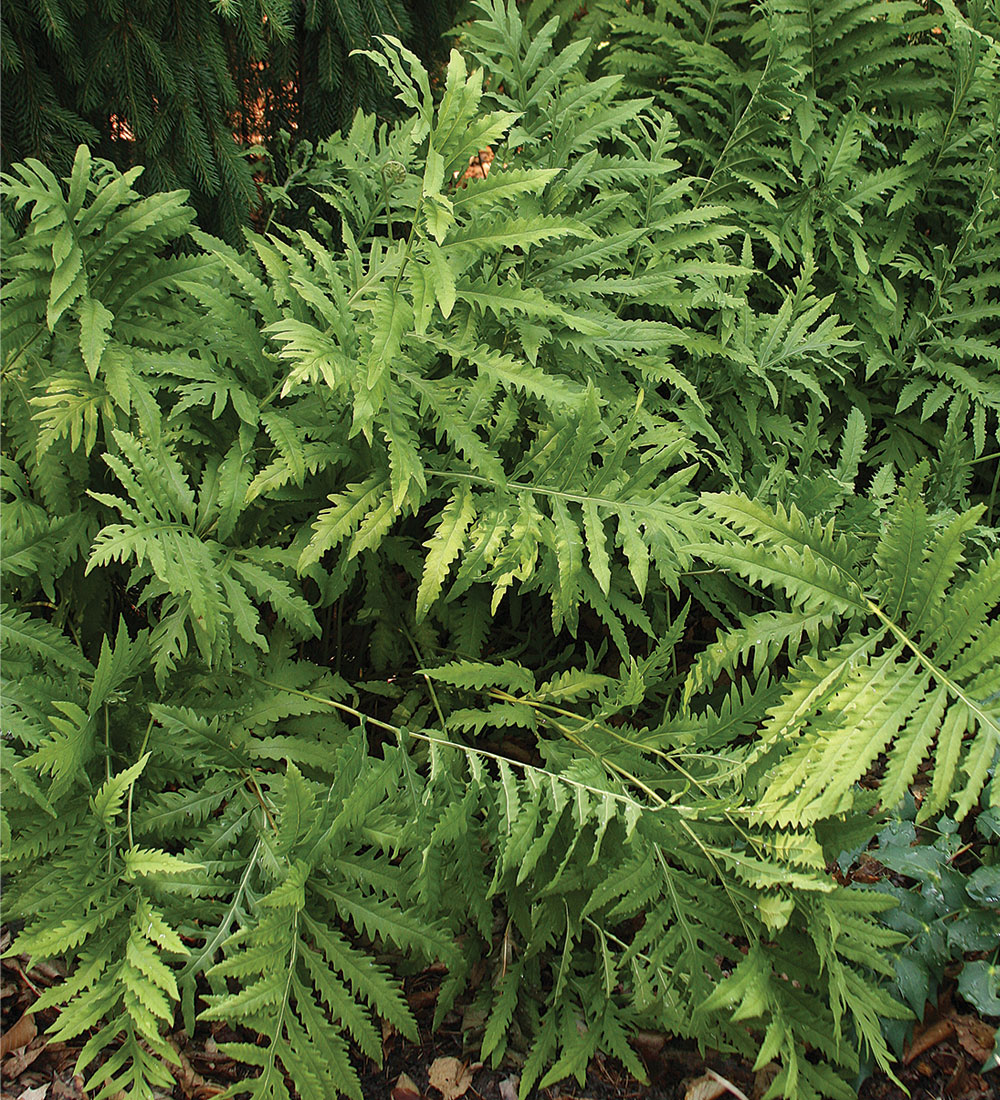
2. Sensitive Fern
Name: Onoclea sensibilis
Zones: 4–8
Size: 3 to 4 feet tall and wide
Conditions: Partial to full shade; moist soil
Native range: Eastern North America
A garden is not complete without the texture and beauty of a fern, and the sensitive fern is a great native choice. With deeply lobed, lime green fronds, it complements hostas (Hosta spp. and cvs., Zones 3–9), heucheras (Heuchera spp. and cvs., Zones 4–9), and many other shade-loving plants. Because it prefers moist soil conditions and can be pushed into the sun a bit, this plant can be a solution for wet areas near water features that may have oversplash. In fact, near stream banks is one area you might see it growing in the wild. Spreading by rhizomes, it’s great for softening hardscape, as it typically only reaches 2 feet tall in the Southern Plains. While it is resistant to deer and rabbits, the sensitive fern gets its name because it is highly susceptible to frost.

3. ‘Bristol Cross’ Oregano
Name: Origanum ‘Bristol Cross’
Zones: 5–9
Size: 10 inches tall and 1 foot wide
Conditions: Full sun; medium to dry, well-drained soil
Native range: Mediterranean region; southwestern Asia
If you are looking for an oregano that offers aesthetics and can also be used for cooking, look for the cultivar ‘Bristol Cross’. It produces lovely blush-colored blossoms that dance in the wind as they are held up by red wiry stems. The flowers are tubular, making them attractive to pollinators, but the overlapping bracts around the flowers also add ornamentation as they transition from green to mauve, making this plant a good option for drying. Because it is drought tolerant, ‘Bristol Cross’ oregano would work well against the edge of a raised bed, where the flowers would be able to show off as they spill over. To maintain a more compact habit and encourage more tender growth, trim the plant back prior to blooming. The scented vegetation tends to make the deer leave this plant alone.
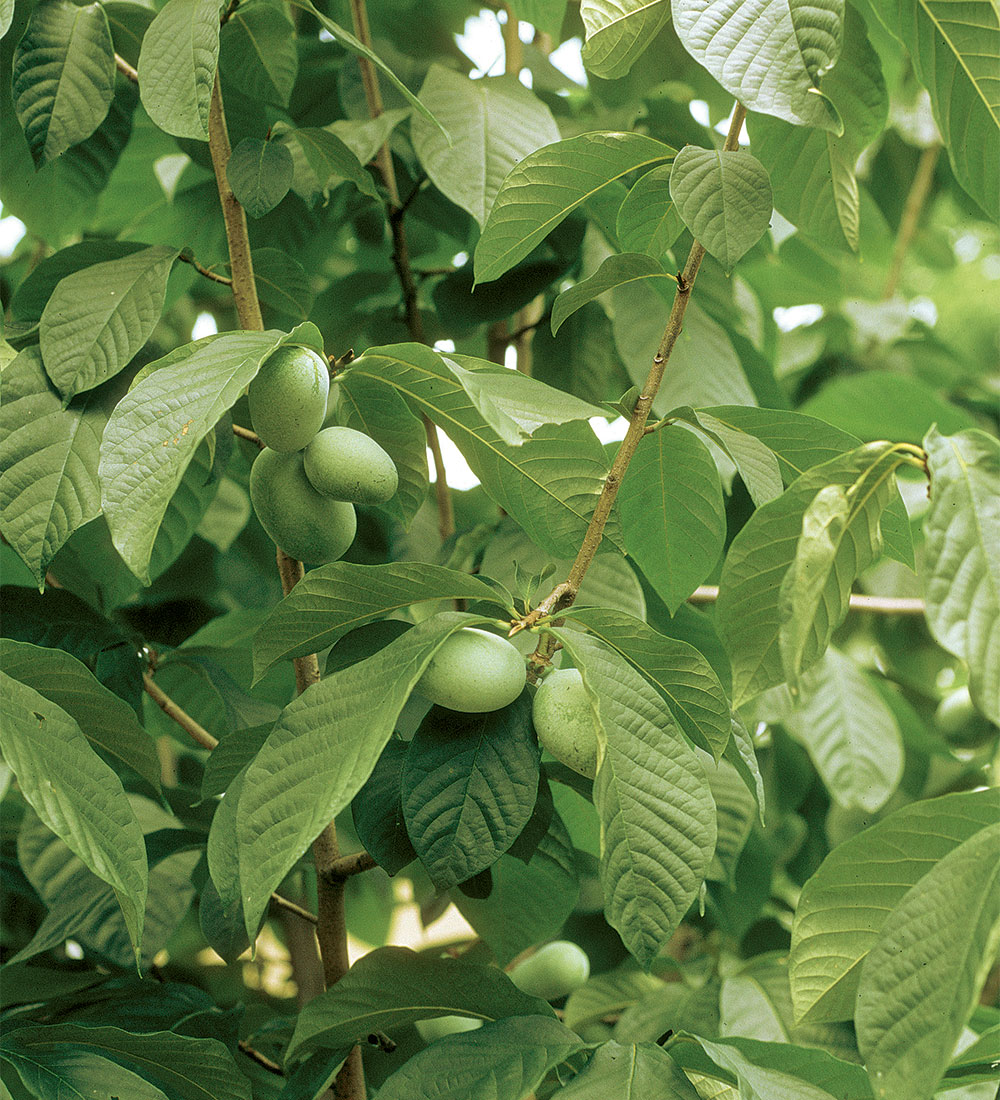
4. Pawpaw
Name: Asimina triloba
Zones: 5–8
Size: 15 to 30 foot tall and wide
Conditions: Full sun to partial shade; rich, moist soil
Native range: Southeastern United States
A pawpaw tree can give your backyard a tropical-like appearance and feel with its large leaves and edible fruit. Even though the rust-colored flowers that emerge early in spring are not overly attractive, the yellow-green, potato-shaped fruits that ripen in late summer to fall are prized for their banana-like flavor. More than one pawpaw tree should be planted to produce fruit, because it must cross-pollinate. Pawpaw is a native tree best grown in the understory of larger trees, including black walnut (Juglans nigra, Zones 4–9). Because it prefers rich, moist soil, it can be found in riparian areas and makes a great addition to rain gardens. While pawpaw is a larval host for the zebra swallowtail, the deer will leave it alone, as they find the foliage unpalatable.
Casey Hentges is an associate extension specialist of horticulture and landscape architecture for Oklahoma State University. She is also the host of the television series Oklahoma Gardening.
Fine Gardening Recommended Products

ARS Telescoping Long Reach Pruner
Fine Gardening receives a commission for items purchased through links on this site, including Amazon Associates and other affiliate advertising programs.

Razor-Back Potato/Refuse Hook
Fine Gardening receives a commission for items purchased through links on this site, including Amazon Associates and other affiliate advertising programs.

SHOWA Atlas 370B Nitrile Palm Coating Gloves, Black, Medium (Pack of 12 Pairs)
Fine Gardening receives a commission for items purchased through links on this site, including Amazon Associates and other affiliate advertising programs.

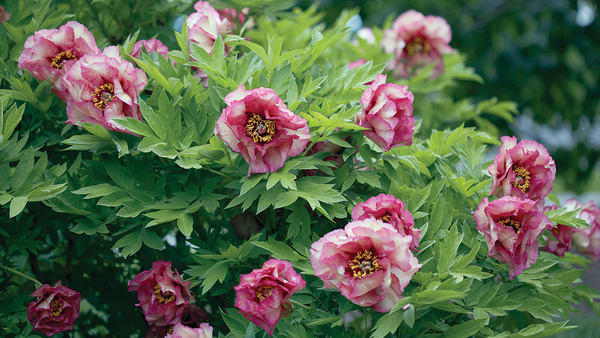
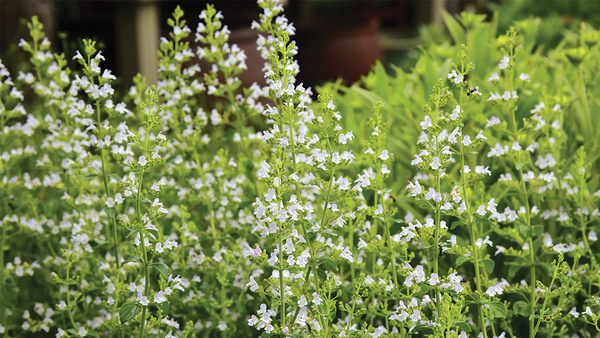
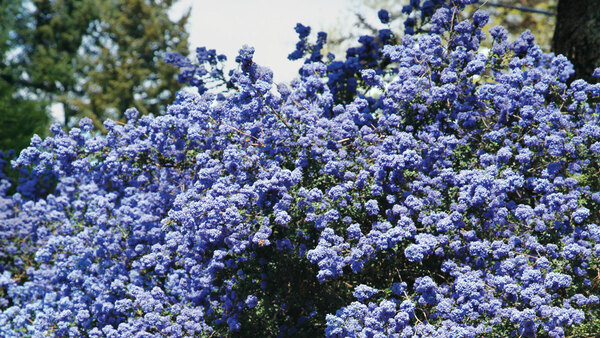
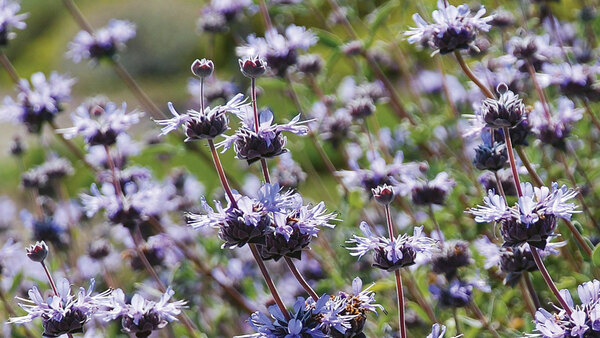













Comments
Log in or create an account to post a comment.
Sign up Log in